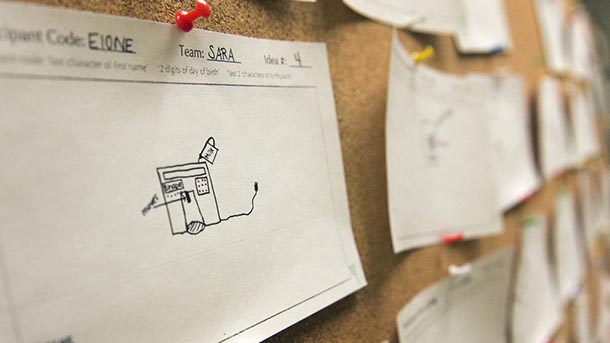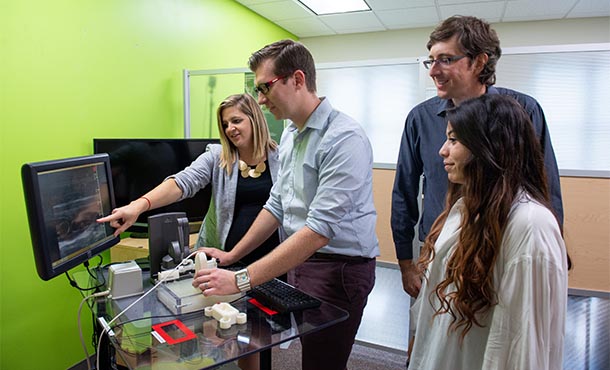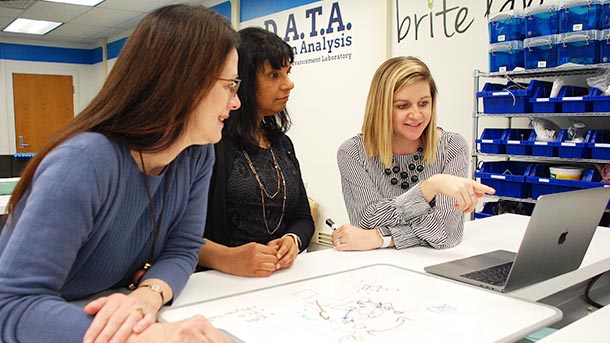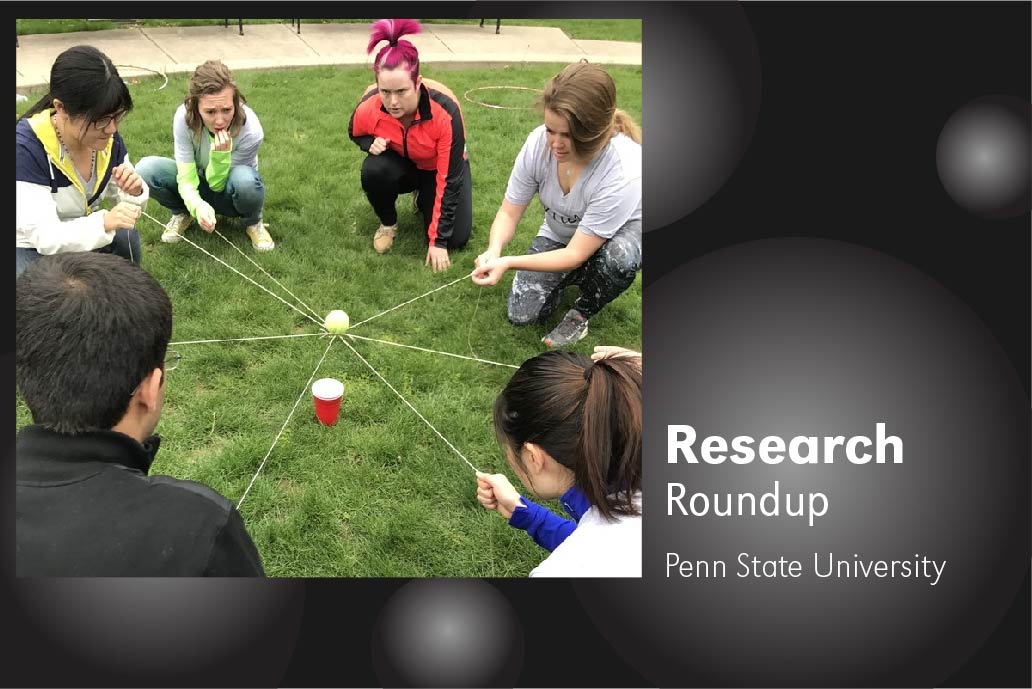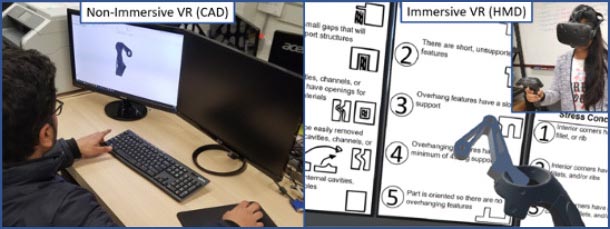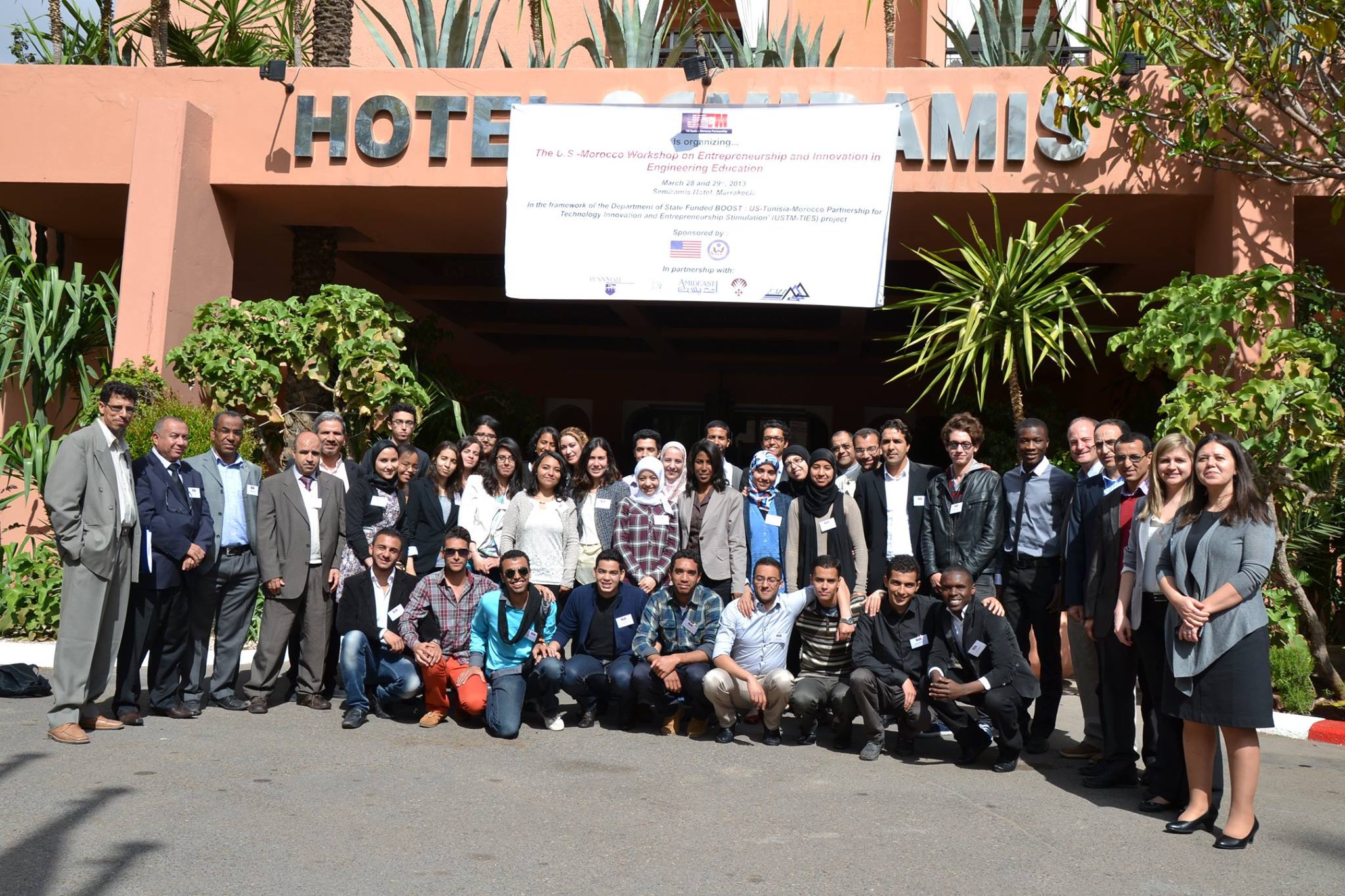what types of problems does britelab tackle?
The britelab's research lies at the intersection of innovation, technology, and engineering and can be largely broken into two overarching themes: (1) improving design as a process and (2) improving design as an end-product. Britelab research on design for a process has focused on identifying the cognitive mechanisms that lead to bottlenecks in the creative process and developing technological solutions to improve innovation capabilities. On the other side, their research on design as a product has focused on medical simulation design.
